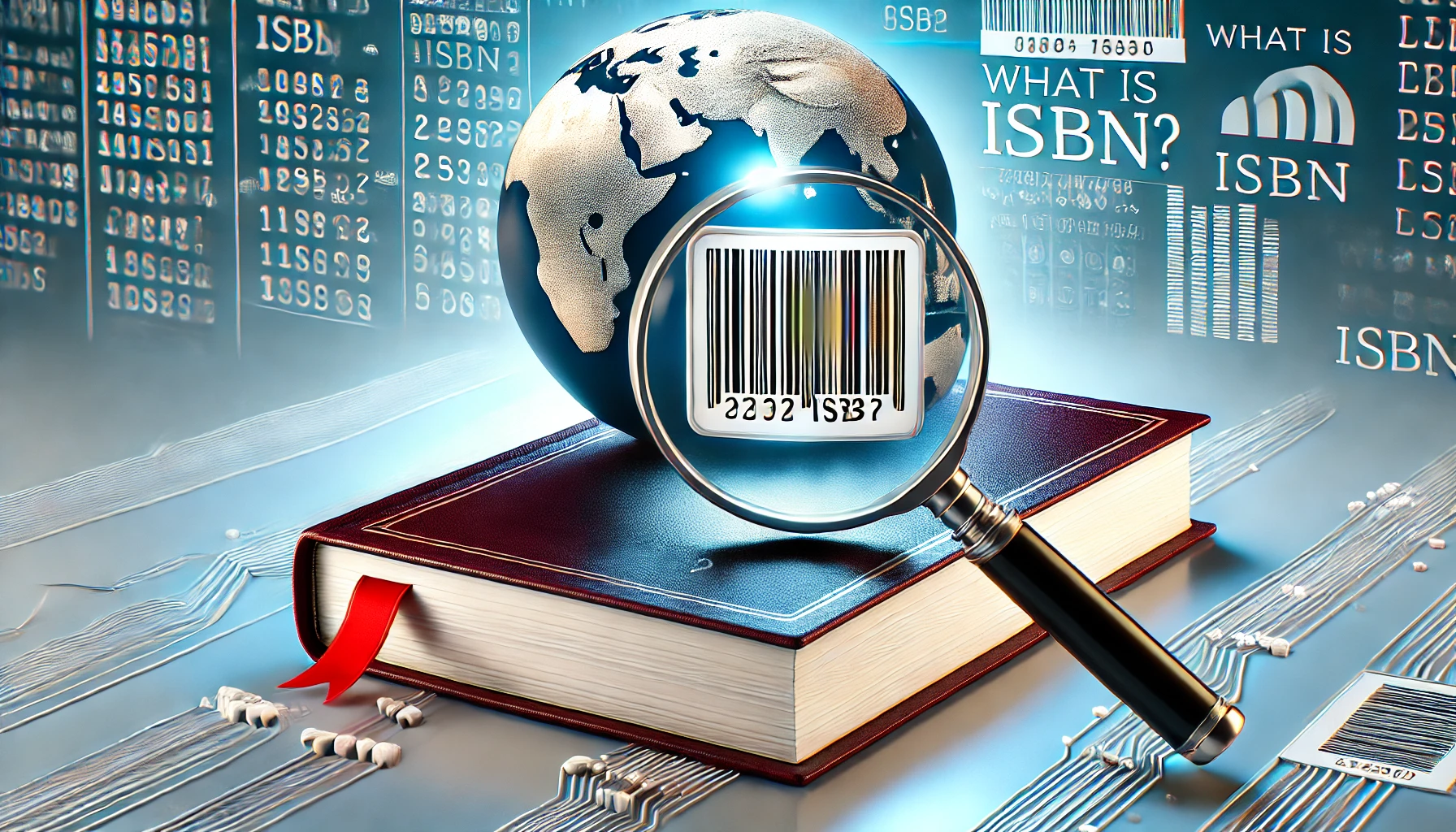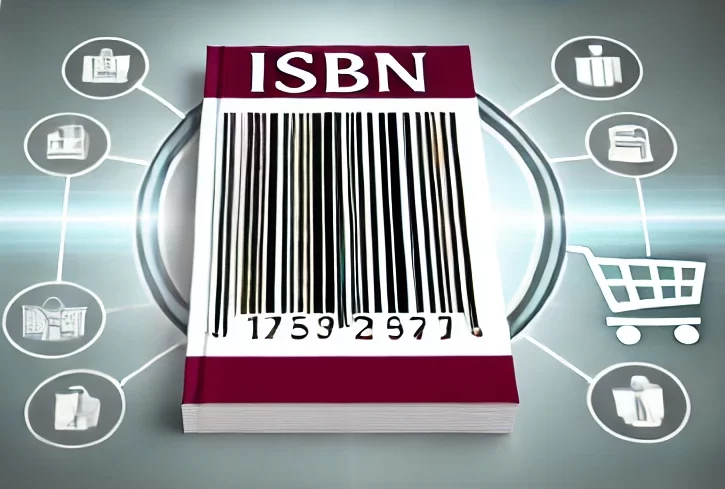
The world of publishing is intricate and multifaceted, with numerous elements working together to bring a book from the author’s imagination to the reader’s hands. The International Standard Book Number, or ISBN, is a crucial component among these elements. Introduced over half a century ago, the ISBN system has become the backbone of the book industry, enabling the efficient tracking, cataloging, and distribution of books across the globe.
Understanding ISBN Number is essential not only for publishers or authors but also for librarians, booksellers, educators, and even readers who wish to navigate the literary world more easily. In an era where digital and print publications coexist, and the book market spans multiple languages and regions, the role of ISBNs has never been more significant. This comprehensive guide aims to unravel the complexities of ISBNs, detailing their history, structure, and importance and providing step-by-step instructions on obtaining one in 2024.

Gordon Foster, a professor at Trinity College in Dublin, Ireland, pioneered the ISBN concept. Originally a nine-digit Standard Book Numbering (SBN) system used by British booksellers in 1966, it evolved into the 10-digit ISBN in 1970 and later into the 13-digit format in 2007 to align with the European Article Number (EAN) standard.
The International ISBN Agency, based in London, oversees the global ISBN system, ensuring its standardization and proper implementation across various regions. ISBNs are now essential in the worldwide book trade, used by libraries, bookstores, and online retailers to manage inventory, sales, and distribution.
An ISBN is a 13-digit number divided into five parts, each with a specific purpose:

ISBNs serve several critical functions:


Obtaining an ISBN in 2024 is a straightforward process, although it can vary slightly depending on your country. Here are the general steps:
Before applying for an ISBN, determine if you are eligible. Typically, ISBNs can be obtained by:
The International ISBN Agency delegates the responsibility of issuing ISBNs to national or regional agencies, which distribute them within their respective territories.
3. Prepare Necessary Information
When applying for an ISBN, you may need to provide the following information:
Most ISBN agencies offer online application forms. Fill in the required details accurately. Some agencies might charge a fee for issuing an ISBN, which can vary significantly depending on the region and the number of ISBNs requested.
After submitting your application, you might need to pay a processing fee. Payment methods typically include credit/debit cards, bank transfers, or online payment platforms like PayPal. Once the fee is paid, the agency will process your application.
Once your application is approved, the agency will assign you a unique ISBN for your book. You will receive the ISBN via email or through an online account on the company’s website. It is now ready to be printed on your book.
Place the ISBN on your book’s copyright page, back cover, or title page. Ensure it is visible and correctly formatted, including the 13-digit number and the corresponding barcode for scanning purposes.
The cost of obtaining an ISBN can vary widely depending on the country and the number of ISBNs purchased. In some countries, ISBNs are free; in others, there might be a significant fee. Here is a general overview:
Once you have an ISBN, managing it properly is crucial. Here are some tips:
1. Do eBooks need ISBNs?
Yes, eBooks need ISBNs if they are to be distributed commercially.
2. Can an ISBN be reused?
No, once an ISBN is assigned to a publication, it cannot be reused for another title or edition.
3. Is an ISBN mandatory?
While not legally mandatory, an ISBN is essential for commercial distribution and book cataloging.
4. What happens if a book is published without an ISBN?
Books without ISBNs cannot be easily cataloged or sold through major retailers and distributors.
In the rapidly evolving publishing landscape, the ISBN remains a cornerstone of the industry. Its importance transcends the physical and digital divide, providing a universal standard that ensures books are identifiable, trackable, and accessible worldwide. Obtaining an ISBN is a critical step for authors and publishers in bringing a book to market. As we move into 2024, securing an ISBN continues to be streamlined and accessible, reflecting the global nature of the book industry.
By understanding the history, structure, and application of ISBNs, you equip yourself with the knowledge necessary to navigate the publishing world effectively. Whether you are a seasoned publisher or a first-time self-publishing author, the ISBN is your gateway to broader distribution and recognition. It is more than just a number; it symbolizes legitimacy and is a tool for success in the literary marketplace. Ensuring your publication has a unique ISBN facilitates its discovery and sale and preserves its place in the vast catalog of global literature.
